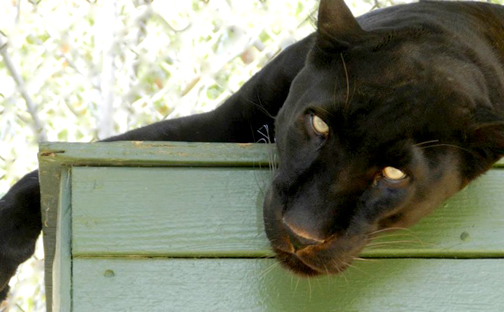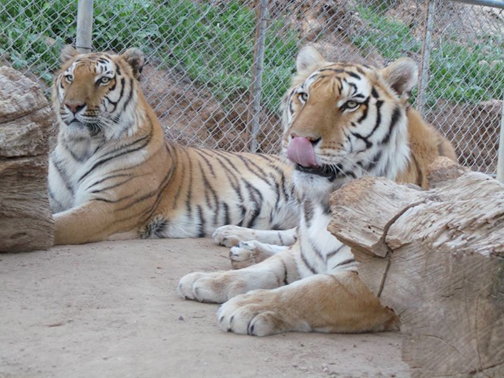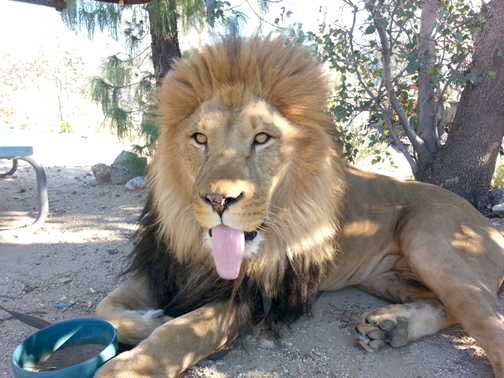
By Marissa GOULD
Since the Station Fire, wildlife that typically stayed in the wild has been seen closer to people’s homes and neighborhoods. Prior to the 2009 blaze, it wasn’t unusual to see possums and raccoons roaming the area but since 2009 residents are now keeping their eyes open for bears and mountain lions. However, the Wildlife Waystation in Tujunga has not only been aware of the abundant wildlife in our surrounding hillsides but has worked to protect it.
At a recent meeting of the Little Landers Historical Society in Tujunga, Wildlife Waystation founder Martine Colette shared her story on how the Waystaton began and what she sees for its future.
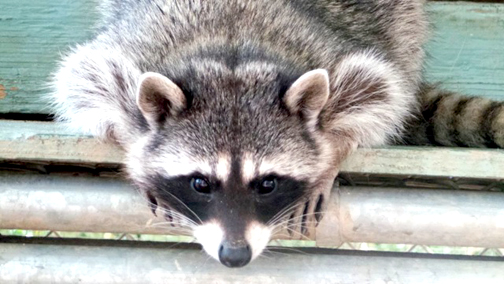
Prior to the passage of laws preventing exotic animals from being kept as pets, (CAL. CODE REGS. Tit. 14 §671 — Importation, Transportation and Possession of Live Restricted Animals) some people bought exotic animas without understanding the ramifications of their decisions; for example, that their cute lion cub would one day grow up to be a ferocious lion. Many times, these “pet” owners would abandon these animals to live – or die – on their own.
Before the Wildlife Waystation, Colette, who has a background working with wild animals, brought these animals into her home in the Hollywood Hills. When talking to the Little Landers audience she laughed fondly when remembering how the neighborhood thought of her.
“I was the snake lady, the tiger lady … all these stories,” she said.
It wasn’t long before her home didn’t have enough space to keep all the animals and it was time to start looking for a proper facility. With the help of some drunk cowboys (really!) she managed to find the 160-acre ranch that became the permanent home of the Wildlife Waystation in 1976. Over the years the Waystation has been home to over 75,000 animals from all over the world.
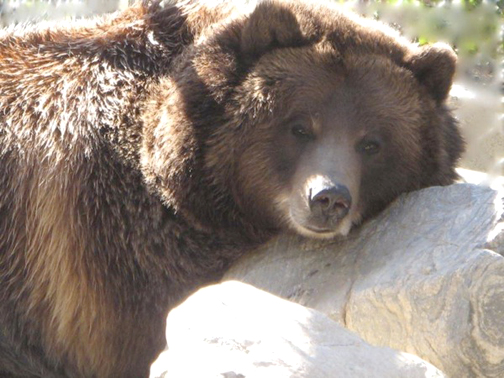
According to the Waystation website, the injured and sick animals are treated at the ranch veterinary hospital. The healthier animals go through rehabilitation and are prepped in a remote canyon environment before being released back into the wild. In addition to her duties of overseeing a full-time staff of 25 people, a volunteer staff of 40-45 and approximately 275 part-time volunteers, Colette is also the designated wild animal expert for the city of Los Angeles.
She has been a champion for animal rights, working with the California Dept. of Fish and Wildlife to ensure the safety of animals and people.
After her presentation, Colette answered questions from the audience. Some were curious as to the possibility of the Waystation reopening to visitors. Colette said that currently the Waystation is in the process of getting a new permit and that it was expected in eight to 12 months.
Colette’s affection for and dedication to animals is evident and it was obvious that she enjoyed sharing her experiences with the Little Landers audience.
“I’ve met some of the most incredible animals,” she said with a smile.
To learn more about the Wildlife Waystation, visit wildlifewaystation.org.
